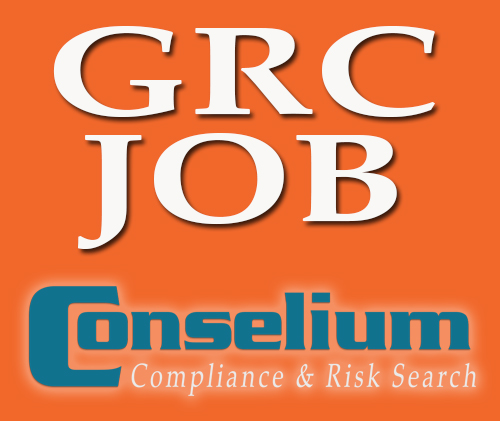
By: Devin Redmond
Social media gaffes know no corporate hierarchy. With more and more execs using and being encouraged to use Social Media, the instant and public ramification of a gaffe, blunder or exploit, the stakes keep rising. These can result in much more than embarrassment for the perpetrator and their company. Ramifications and fallout can include spreading malware, mishandling the PII of high-profile individuals, violating federal regulations or triggering the scrutiny of regulatory bodies.
Last year, Twitter CFO Anthony Noto’s account was hacked and some 698 spammy tweets were sent out from his account over an eight-minute period.

Noto is no stranger to social media mishaps. Not long before, he accidentally publicly tweeted what was intended to be a private direct message – twice. On November 25th, Noto referred to a potential acquisition, saying: “I still think we should buy them. He is on your schedule for Dec 15 or 16 — we will need to sell him. i have a plan.” Then, two days later, another unusual message was published, suggesting yet another mistake.

Executive Mishaps More and More Common
Noto is not the first prominent executive to make a mistake on his personal social media account. In fact, his tweets are just one of many gaffes made by corporate elites within the past few years that have disclosed sensitive company information, included inappropriate content, such as racism, hate, pornography or circulated harmful material like spam and malware via account hijack. As social media has grown as a communications medium for personal and professional use, so has the potential for mishaps.
Just ask Gene Morphis, former CFO of Francesca’s Holdings Corp., who lost his job after making Facebook and Twitter posts improperly disclosing confidential financial information in violation of company policy. Or Reed Hastings, the CEO of Netflix, who inadvertently violated the SEC’s Regulation Fair Disclosure after announcing via his personal Facebook account that Netflix viewing “exceeding 1 billion hours [of video] for the first time ever.” Similarly, Justine Sacco, a former IAC PR executive, made an offensive racist tweet correlating AIDS to race that cost her job.Greg Gopman, former CEO of hackathon organizer AngelHack, felt the impact of a social media post gone wrong when he received widespread backlash after a highly insensitive Facebook post attacking the homeless and poor population of San Francisco.
Executive Accounts and Regulatory Guidelines
Executive blunders on social not only hurt brands through negative publicity, but they can also lead to a host of legal ramifications. The FCA, FDA, SEC, FFIEC and FINRA are just a handful of regulatory agencies that have published guidelines governing what companies and their employees can and cannot do on social media. The abundance, complexity and constant revisions of these guidelines has made it difficult for companies to track.
It’s Only Going to Grow
This becomes all the more challenging when employees’ personal accounts are factored into the mix. While employees may not consider themselves the voice of their company, in the eyes of the public and even the law, their words reflect upon the brand. Add in the extra impact when an errant post comes from a brand’s executive and the risk of damage becomes extremely high. Given the rise of a new breed of young executive raised in a culture of informality and sharing on social media, we expect that this problem is only going to grow.
Treat Executives Differently
On social media, preventing executive mistakes requires a combination of training and technology different from that of the average employee. Here are three basic recommendations to mitigate risk.
- Training geared toward executives – Since the risk of damage is so high when it comes to executive posts, educating senior-level management on what they can and cannot say on social is the first step in preventing mistakes. This training must go beyond today’s standard social media training typified by attesting to reading a short blurb on social media in the employee handbook. Talk to your executives directly about risks, and make sure that they fully understand that their personal accounts may be monitored to enforce that policy. Provide examples of mistakes made by other executives and the real consequences those mistakes might have.
- Consider controls that review posts pre-publishing – Executive content can be moderated by a person reading each post, although some execs will not be happy about that level of control over a personal account. Another less intrusive option is using an automated tool that scans posts for problems and provides warnings when questionable language is detected.
- Automated tools to analyze content post-publishing – Automated content moderation tools can scan all posts and automatically generate alerts or delete posts in the event of a policy violation.
For more information on how Nexgate can help your executives safely engage on social, contact us to schedule a demo.
 Devin Redmond is a seasoned marketing executive and product planner with over 16 years of experience in public and private companies. Devin is passionate about leveraging technology to address the security, measurement, and management challenges organizations face in today’s cloud, mobile, and social environments. Devin’s career includes executive and leadership roles in product management, marketing, business development, and sales.
Devin Redmond is a seasoned marketing executive and product planner with over 16 years of experience in public and private companies. Devin is passionate about leveraging technology to address the security, measurement, and management challenges organizations face in today’s cloud, mobile, and social environments. Devin’s career includes executive and leadership roles in product management, marketing, business development, and sales.


